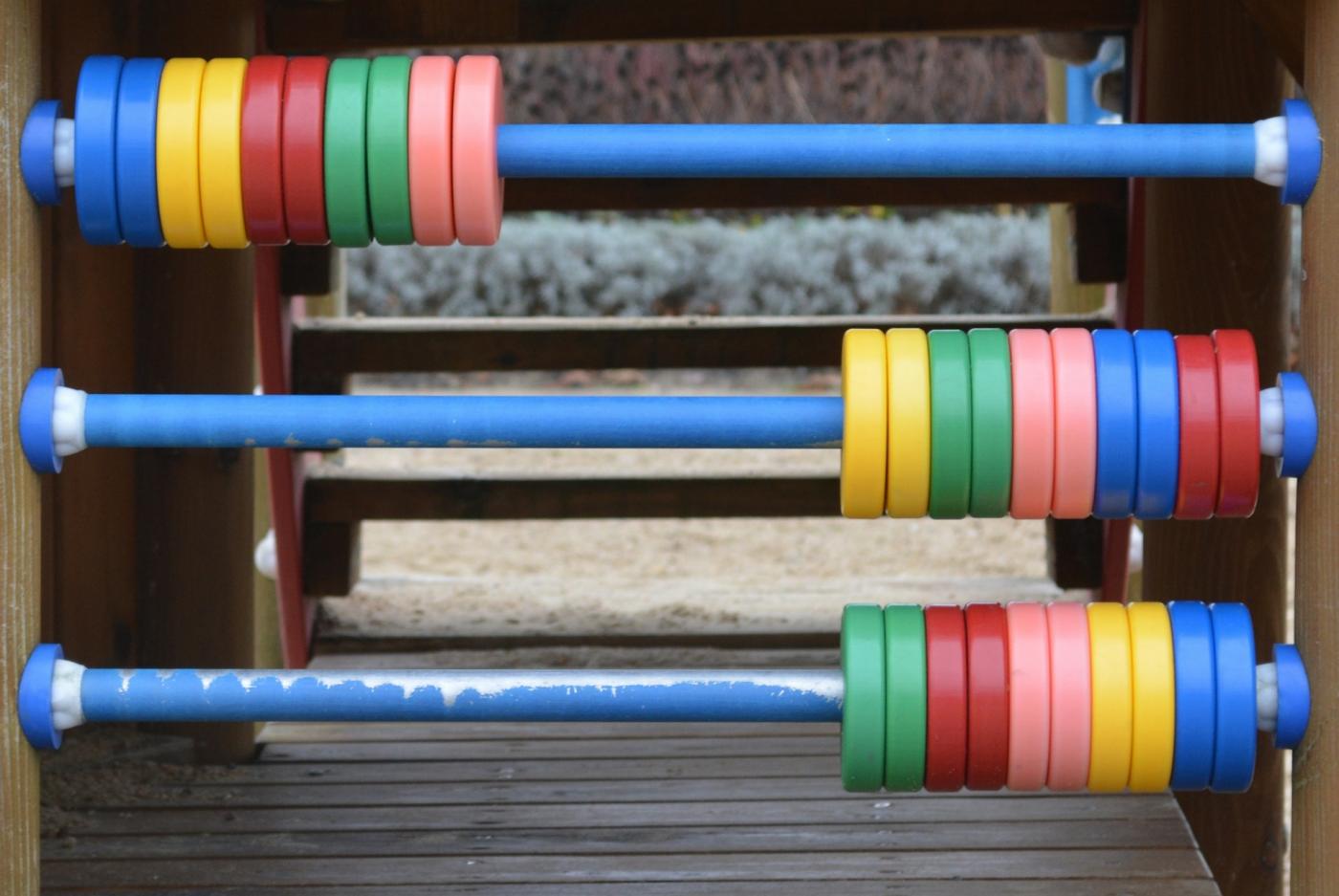Dutch higher education underfunded because ministry miscalculated forecast for years

Year in, year out, the Ministry has underestimated how many students would be enrolled in higher education. As a result, there was often a budget gap that couldn't always be closed, meaning that universities and universities of applied sciences had to tighten their belts.
There seems to have been an error in the mathematical model used by the Ministry, according to an annotation (link in Dutch) spotlighted by the General Union of Education (AOb). AOb Director Douwe van der Zweep laments the mistake: “When projections are too low, it means we're always playing catch-up with the facts. We have to wait and see whether the government will make the retrospective adjustment.”
Breaking the trend
The error has been corrected, resulting in a break in the trend. The Ministry’s mathematical wizzes are now forecasting 27,500 additional students in the universities of applied sciences and 25,700 additional university students for the year 2026. It’s a difference of a few hundred million euros.
The miscalculatin had to do with emigration and deaths. A person who moves abroad or dies is not going to pursue a degree here, of course. The models should take this into account, but these people were actually counted twice: the first time, when calculating the number of high school dropouts, and the second time when considering the population's growth or shrinkage.
Consequently, the forecast was always too low. The error has been made since 1995, the Ministry informed the AOb.
Coronavirus
There are always unknown factors when forecasting student numbers, particularly in a crisis. We will have to wait and see exactly how the coronavirus pandemic is going to influence the number of student, the Ministry’s baseline forecast indicates. In addition, the amount of foreign students is not always easy to predict.